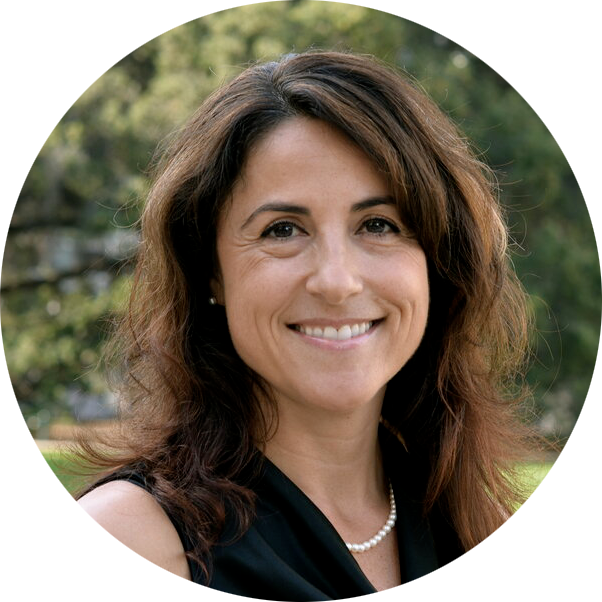Over the decades, there’s been much commentary about the downsides of our school calendar, which was designed to accommodate a farming economy. While this calendar has clearly persisted far beyond its practical application, old habits die hard, especially when so much of American life has revolved around school breaks. Amusement parks, vacation destinations, and other industries have been built around the summer vacation, and many families as well as educators have become very attached to this ritual.
However, for just as many families, and particularly those struggling financially who don’t have the luxury of long vacations or time off from work, summer paints a very different picture. Rather than attending camp and going on vacation, the children of these families are left with little to do and often suffer from what we’ve coined “summer slide”. Research has shown that summer slide is cumulative, so children who miss out on structured learning opportunities summer after summer are at far greater risk of falling behind, of not graduating, and missing key experiences and relationships that lead to college and career paths.
With all we know from both research and experience, why do we consider learning as something that happens just between September and June or between 8am and 3pm? Children are learning all the time—in school and out of school. Our expanded learning and youth development sectors have worked very hard to fill those learning, enrichment, and relationship gaps that children living in poverty experience after school, during winter and spring breaks, and over the long summer. But these out of school programs and opportunities aren’t available to every child in every community, creating one of the biggest and most consequential inequities in our education system.
With unprecedented state and federal investments for expanded learning coming to schools and communities, and multiple years in which to spend, let’s stop looking at the school day and afterschool, school year and summer, as such distinct and disconnected blocks of time. Let’s use this summer as a launching pad for a different approach. For example, utilize new summer program approaches and partnerships to inform school year activities; include afterschool partners in early planning for next summer; and provide opportunities for blended professional development for teachers, school staff, and expanded learning partners so all are grounded with the information and skills they need to support children, all day and all year.
There are many examples to look to, tools to access, and proven practices that should be leveraged as school districts tackle the important work of growing expanded learning opportunities for students. Be sure visit our Summer Technical Assistance Hub to be connected to expert support with planning, program design and operation, partnerships, assessment and more. Want to share this with your network? Click here for a flyer!
AUTHOR
Jennifer Peck, President and CEO, Partnership for Children and Youth (PCY)

